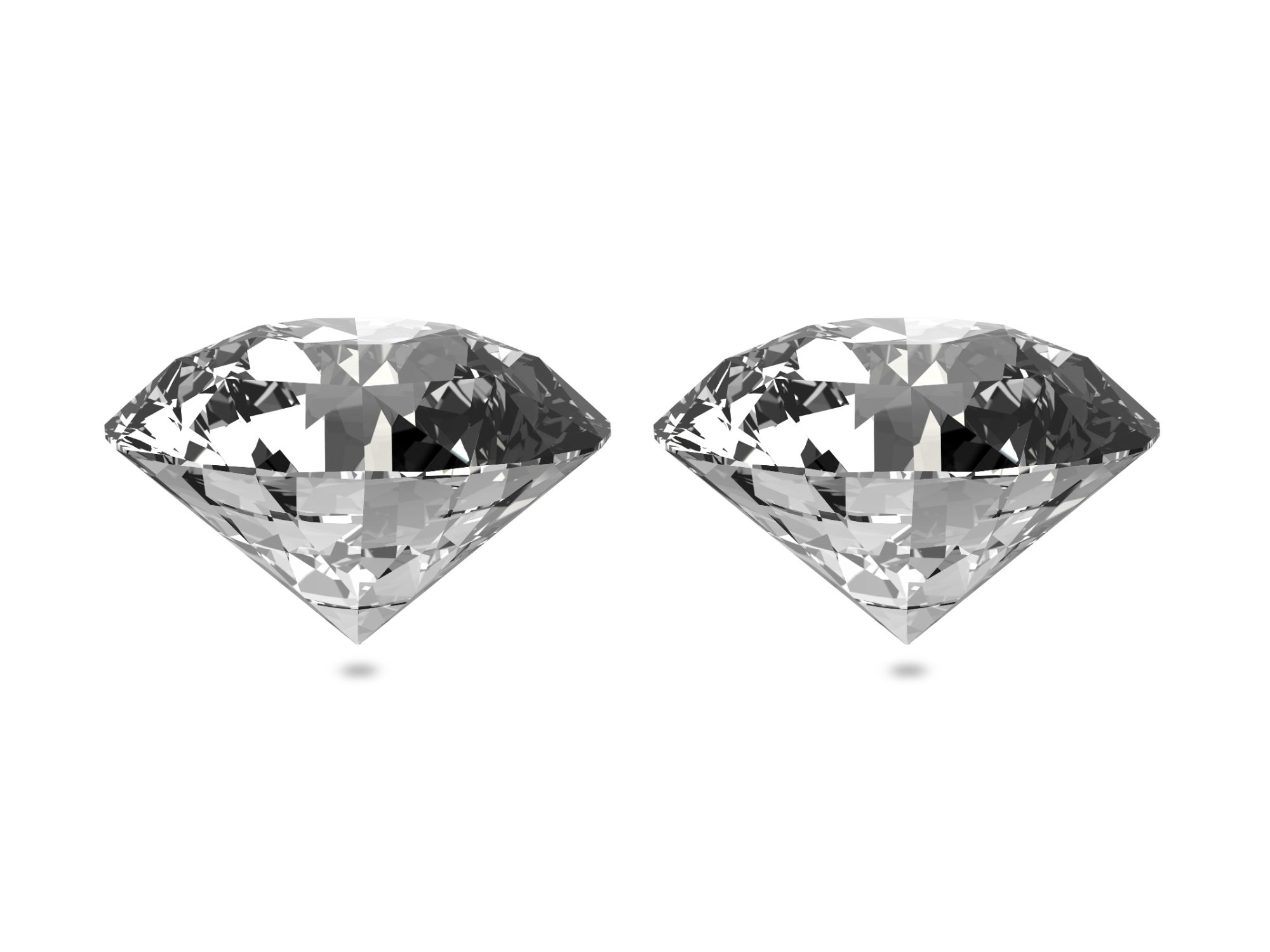
| Feature | Natural Diamonds | Lab-Grown Diamonds |
|---|---|---|
| Origin | Formed naturally over billions of years deep within the Earth | Created in labs using advanced technology in weeks |
| Appearance | Visually and chemically identical to lab-grown diamonds; no visible difference even to experts | Visually and chemically identical to natural diamonds; indistinguishable to the naked eye |
| Price | Significantly higher due to rarity and traditional demand | Typically 70-90% less expensive than natural diamonds |
| Quality | Can contain natural impurities; quality varies widely | Often purer with fewer impurities; can be engineered for higher quality |
| Environmental Impact | Mining causes land disruption, water use, and high carbon emissions | Minimal environmental impact; no mining involved |
| Ethical Concerns | Risk of conflict diamonds and unethical mining practices | Ethically sourced, no conflict or labor issues |
| Resale & Investment | Historically marketed as investments but often hard to resell or appreciate | New market; resale value still developing but gaining popularity |
| Certification | Certified by labs like GIA, IGI to verify authenticity | Also certified by reputable labs ensuring quality and authenticity |
| Availability | Limited by natural supply and mining constraints | More readily available and consistent supply |
| Trend | Traditional choice, often seen as status symbol | Fast-growing trend favored for sustainability and innovation |
Natural Diamonds vs. Lab-Grown Diamonds: Complete Comparison
Natural and lab-grown diamonds look absolutely identical — even experts often cannot tell them apart with the naked eye. The only true difference is their origin: natural diamonds form over billions of years deep within the Earth, while lab-grown diamonds are created using cutting-edge technology in controlled laboratory settings.
Origin and Formation
Natural diamonds are formed through intense heat and pressure over billions of years beneath the Earth’s crust. This long, unpredictable process makes them rare and often expensive. In contrast, lab-grown diamonds are created in weeks using advanced High Pressure High Temperature (HPHT) or Chemical Vapor Deposition (CVD) techniques that replicate natural conditions but in a sustainable and efficient way.
Appearance, Quality, and Purity
Both natural and lab-grown diamonds are chemically, physically, and visually identical. They share the same hardness, brilliance, and sparkle. In fact, lab-grown diamonds often have fewer impurities and can be engineered to meet higher quality standards, making them equal or sometimes superior to natural diamonds in clarity and color.
Price and Value
Lab-grown diamonds generally cost 30-50% less than natural diamonds of similar size and quality. Natural diamonds are frequently marked up due to their rarity and traditional market demand, often leading to inflated prices that don’t reflect their actual value. Lab diamonds offer an affordable luxury option without compromising on beauty.
Ethical and Environmental Impact
Natural diamond mining is associated with serious ethical concerns, including conflict diamonds, exploitation, and significant environmental damage such as land degradation, water pollution, and high carbon emissions. On the other hand, lab-grown diamonds are a sustainable and ethical alternative, produced with minimal environmental footprint, no mining, and without any links to conflict or unethical labor practices.
Investment and Resale
Natural diamonds have long been marketed as investment assets; however, they rarely appreciate in value and often have limited resale potential. Lab-grown diamonds are a new and rapidly growing trend embraced by modern consumers who prioritize sustainability and innovation over traditional notions of value. While resale markets for lab diamonds are still developing, their popularity continues to rise worldwide.
Certification and Assurance
Both natural and lab-grown diamonds can be certified by reputable gemological labs such as GIA and IGI. These certifications confirm the authenticity, quality, and grading of your diamond, regardless of its origin.
Why Choose Lab-Grown Diamonds?
Lab-grown diamonds are revolutionizing the jewelry industry by offering stunning, high-quality stones at a fraction of the cost of natural diamonds. They provide peace of mind with ethical sourcing and a much smaller environmental impact. As the world shifts towards more responsible luxury, lab-grown diamonds represent the future of fine jewelry — a smart, beautiful, and conscious choice.
By understanding that natural and lab-grown diamonds are indistinguishable in beauty and quality but differ greatly in price, ethics, and environmental impact, you can confidently choose the diamond that aligns with your values and budget. Join the growing movement toward sustainable luxury with lab-grown diamonds, the new trend capturing the world’s attention.

